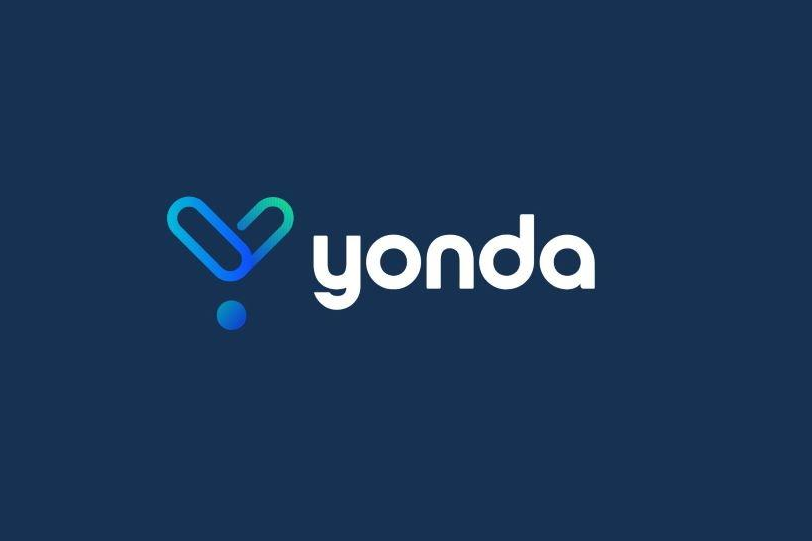Sales and use tax is always evolving. It evolves to keep up with new industries, to meet the changing needs of a state, or one of countless other factors. It’s a complex thing. And that means we’re always on the lookout for new sales tax trends across the states.
2018 is certainly no exception. There is already a long of list of new legislative changes that could potentially have a significant impact on your clients’ business operations. And if you’re responsible for sales and use tax at your company, you should be aware of the big changes that are taking place, so you can account for them and minimize the potential risk for your clients.
At the Sales Tax Institute, we track the sales tax changes that are taking place in 2018 to keep you informed. Today, we’ll break down what the changes mean for you and your clients and what we think these changes indicate for the future of sales tax.
Here are 3 of the biggest, most important sales tax developments that could have an impact on your clients’ companies in 2018.
1. Remote Seller Nexus Legislation Continues to Flourish
If your client makes online sales, remote seller nexus legislation should be at the forefront of your mind. States enacting legislation that targets remote, out-of-state sellers (such as internet retailers) was huge in 2017 and we expect the trend to continue and expand in 2018.
Among the different types of remote seller nexus legislation, the three types that are being enacted most frequently lately are economic nexus, marketplace nexus, and notice and reporting requirements.
Numerous states have enacted legislation that became effective January 1, 2018 or whose requirements take effect in early 2018. It’s a lot to keep track of, and with states rushing to capitalize on this significant revenue stream, we fully expect more states to continue introducing and enacting these types of legislation throughout the year.
With the U.S. Supreme Court accepting the South Dakota v. Wayfair, Inc. case, it is an exciting and likely formative year in sales tax. Twenty-six years have passed since the High Court has ruled on nexus. We are monitoring and tracking case activities, including how the case could impact what the states do while they await a decision.
What can you do to stay on top of new changes? For starters, bookmark the Sales Tax Institute Remote Seller Nexus Chart, where you can keep track of which states have enacted legislation along with the effective date of the legislation.
2. States Enacting Significant Administrative Changes
Sales tax administration may seem like a mundane topic, but that doesn’t negate how important it is to do it right. States frequently enact changes to sales tax administrative requirements, such as how taxpayers are required to file their taxes.
Two states, Illinois and Arizona, have enacted changes to their electronic filing requirements for sales and use tax filers, effective January 1, 2018. You might say “So What? Big deal.” Well actually, these types of changes are really important. Penalties can be quite stiff for non-compliance.
For example, per the Illinois legislation, if a taxpayer is required to file electronically and fails to do so, numerous discounts and collection allowances for timely filed and paid returns will be disallowed. With a collection allowance of 1.75%, it is a significant loss.
Arizona’s legislation specifies that failure to comply with the electronic filing requirements could result in the assessment of penalties.
Neglecting to keep up with changes to administrative requirements can easily lead to money flying out the door when it doesn’t have to. Stay informed with the requirements of your clients’ states, make sure they are in compliance with sales tax administrative changes, and you’ll bring cost savings to their companies.
3. Tax Amnesty Programs Provide Taxpayers with Great Opportunities
Tax amnesty programs are fantastic for companies but are frequently underutilized. We’ve seen tax amnesty situations that have literally saved a company from going under!
As states crack down on collection, they also tend to introduce an amnesty program to help companies get ahead of a bad situation. 2018 is no different.
Numerous states have enacted tax amnesty programs that are running this year, and more may do so throughout the year. What is the benefit to taxpayers? If you are required to collect and remit sales tax in a state and have neglected to do so, tax amnesty programs typically offer some terrific benefits – sometimes including full back tax forgiveness.
Connecticut’s “fresh start” tax amnesty program began October 31, 2017 and will run through November 30, 2018. The benefit of coming forward under this program is waiver of most penalties and 50% of interest related to a failure to pay tax due to the commissioner by its due date. Qualified taxpayers may also receive limited look-back periods for failure to file a tax return.
Texas announced its 2018 tax amnesty program early in the year. Running May 1, 2018 to June 29, 2018, the program applies to periods before January 1, 2018 and only includes unreported liabilities. Penalties and 100% of the interest on tax due will be waived for qualifying taxpayers who participate.
An Alabama tax amnesty program will also take place this year, July 1, 2018 through September 30, 2018. The program will apply to all taxes administered by the Alabama Department of revenue apart from motor fuel, motor vehicle, and property taxes. All interest and penalties associated with the tax periods for which amnesty is granted will be waived under the program.
As you can see, there are multiple opportunities for your clients to take advantage of to get compliant, get penalties and interest waived on outstanding tax liabilities, and provide peace of mind. To keep an eye out for other tax amnesty programs in 2018, bookmark our Sales Tax Amnesty Chart and check back regularly.
———
About Diane Yetter: Diane L. Yetter has been a strategist, advisor, speaker, and author in the field of sales and use tax for over 30 years. She is president and founder of The Sales Tax Institute, a premier professional training school helping professionals better manage corporate sales and use tax for more than 21 years.
Thanks for reading CPA Practice Advisor!
Subscribe Already registered? Log In
Need more information? Read the FAQs
Tags: Sales Tax



